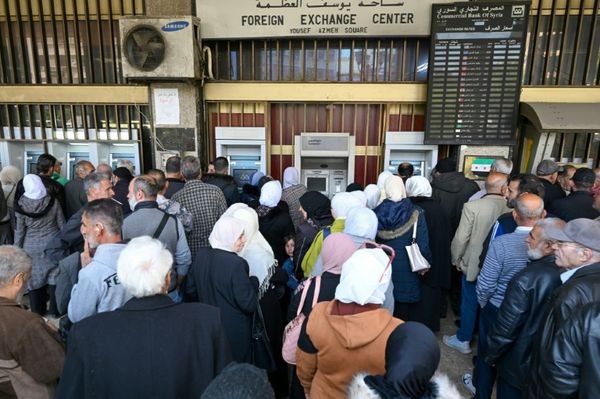There are some seriously big names in the motorcycle world that everyone pretty much knew from the start, and will more than likely outlive today’s generation of riders. You know, the likes of Yamaha, Ducati, and BMW. But as big as these names become, none of them are quite as dominant as Honda, a brand that’s pretty much been number one for half-a-century now.
Proof of this just has to be Honda’s impressive sales figures. Case in point, for the fiscal year ending in March of this year, Honda projects a total sales figure exceeding 20 million motorcycles. That’s pretty crazy. But to further put that into perspective, that figure encompasses a whopping 40% share of the global market. This leaves the remaining 60% to be shared by all the other big and small manufacturers.
I mean, seriously, Honda, leave some pie for the others.

Kidding aside, Honda shows no signs of slowing down. In fact, Honda is setting its sights on even more expansion, vying for 50% market share before 2030. In order to do this, it has some big plans for some serious growth over the next few years.
For starters, a huge chunk of Honda’s growth comes from places like India, Indonesia, the Philippines, Brazil, and other parts of South and Central America. And so Honda’s making sure its distribution network remains in tip-top shape in these regions. But apart from satisfying existing consumer demand, it’s diving even deeper. As we discussed previously, Honda is setting up an electric motorcycle facility in India, and it’s set to open its doors in 2028.
And while we’re on the topic of EVs, Honda’s set to launch a bunch of new electric models in the near future. We recently talked about two new models unveiled at EICMA—the EV Fun and EV Urban Concepts. Not only that, Honda’s also expected to leverage its existing Mobile Power Pack e: technology even more.
With all that on the table, it’s clear to see that Honda’s success comes down to its ability to balance everything and think ahead. It never really jumped full force onto any trend, but rather, took a very steady and carefully planned approach—be it in the middleweight ADV segment with the Transalp XL750, or its entry into the electric mobility segment with its scooters and EV concepts.
Plus, Honda’s reputation for solid, reliable machines surely helps, too. It makes bikes that just make sense for riders all over the world. And given that its future plans pretty much align with that ethos, it’s more than likely that Honda’s going to be able to achieve its 50% market share well within its planned time frame.
Source: Japan Times







